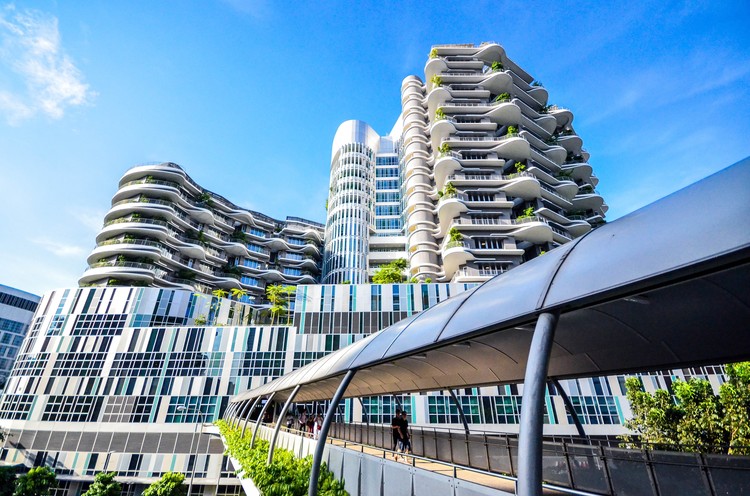
LOW-CARBON LIMESTONE FILLER
The incorporation of calcareous additions in concretes can, beyond improving the performance of products, make it possible to reduce the overall carbon footprint of the material. We have entrusted an external firm with the measurement of the carbon footprint of our fillers according to standard NF EN ISO 14067 / 2018, the report drawn up on September 30, 2021 mentions a carbon footprint, for the production and storage part, close of 20 kg CO2 per Ton.
This value is significantly lower than the average value of 60 kg CO2 per ton, given by professional associations.
In our case, this low value is partly linked to the very good grindability of our limestone. On the other hand, it is also the result of a production organization and choice of tools adapted to each stage of manufacture using the best techniques available in the trade: installation of belt conveyors and optimization of the use of quarry machinery / Constant improvement of production stages, from the working face to the finished product silo / Choice of energies and optimization of consumption.
In concrete formulas that meet the NF EN 206 / CN standard, remember that 25Kg of cement (CEM I type) can (under certain conditions) be replaced by 100Kg of Filler, saving at the same time about 17.5Kg of CO2 per m3 of concrete. This figure should be reconsidered taking into account the several tens of millions of m3 of concrete produced in France each year.
Finally, the use of fillers in concrete is one of the possible ways to significantly reduce the carbon footprint of these materials.
This solution has the advantage of being able to be implemented quickly.

